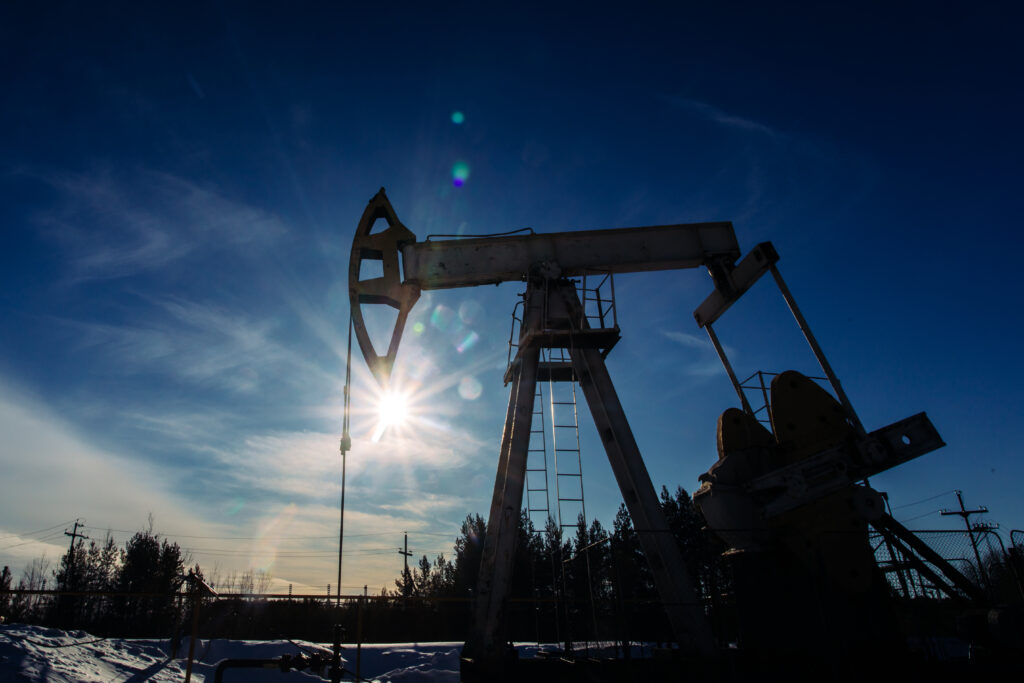Declining energy profits Russia: Energy profits from major oil companies like Shell and ExxonMobil are falling after Russia’s invasion of Ukraine led to an initial surge. Analysts point to oversupply, lower energy prices, and a shift in global demand as key factors behind the decline. Despite Trump’s pro-oil policies, the industry faces long-term challenges as the energy landscape evolves.
Declining Energy Profits After Russia’s War-Induced Surge
Nearly three years after Russia’s invasion of Ukraine sent global energy markets into turmoil, the once-soaring profits of fossil fuel companies are cooling. The initial shock that caused Europe’s largest source of natural gas to vanish fueled massive earnings for oil and gas companies, but as markets stabilize, so too are the financial returns.
This week, major players in the oil industry, including Shell and ExxonMobil, are expected to report significantly weaker profits in their annual results. Analysts attribute the dip to declining energy prices, an oversupply of oil and gas, and a growing sense that the global appetite for fossil fuels may be leveling off.
Europe’s largest oil company, Shell, has already warned investors that its fourth-quarter trading results for oil and gas will be “significantly lower” than the previous quarter. The company’s adjusted profits for 2024 are forecast to reach just over $24 billion (£19 billion), marking a steady decline from $28.25 billion in 2023 and a peak of nearly $40 billion in 2022, when Russia’s war inflated prices.
ExxonMobil, the largest US oil company, is also bracing for weaker earnings. Following a record-breaking $56 billion profit in 2022, the company has cautioned shareholders about diminished refining profits and broad weakness across its businesses.
Trump’s Pro-Oil Agenda Raises Questions About Industry Stability
Former President Donald Trump’s policies to support the fossil fuel industry have added a new dimension to the evolving energy landscape. Within days of taking office, Trump called on OPEC and US producers to increase oil output to drive down global prices. He argued that cheaper oil could undercut Russian revenues, which have been critical to funding its war in Ukraine.
However, analysts warn that Trump’s “drill, baby, drill” approach may lead to an oversupply of oil and gas, exacerbating the already falling prices. While lower energy costs could benefit consumers, they might not favor the oil companies that supported his campaign.
Bjarne Schieldrop, a commodities analyst at SEB, questioned Trump’s priorities: “Is he siding with US consumers, favoring lower oil and gasoline prices, or is he aligning with the oil lobby, which wants to control supply and keep prices healthy?”
Despite Trump’s push for increased production, the US oil benchmark Henry Hub fell sharply in 2023, averaging $2.57 per million British thermal units (MMBtu), a 62% drop from 2022. In 2024, prices fell further to an average of $2.33/MMBtu.
Oil prices have followed a similar trajectory. The international benchmark Brent crude averaged over $100 per barrel in 2022 but dropped to $82.60 in 2023. By 2024, the average had slipped further to $80.20 per barrel, with the final quarter seeing prices as low as $74.40.
Oversupply and the Transition to a New Energy Landscape
The falling prices reflect a broader shift in global energy markets. Europe, once heavily reliant on Russian pipeline gas and oil, has successfully diversified its energy imports by turning to US and Middle Eastern suppliers. This “new energy normal” has helped stabilize prices but also raised questions about the long-term demand for fossil fuels.
The International Energy Agency (IEA) has emphasized that the current trajectory of fossil fuel expansion is incompatible with global climate goals. The surge in new oil and LNG projects is expected to exceed demand, leading to oversupply and persistently low prices for the remainder of the decade.
Analysts see this dynamic as a turning point for the industry. As prices continue to fall and governments push for greener energy policies, oil companies may face increasing pressure to adapt to a changing energy landscape.
For now, the combination of lower energy prices, oversupply, and uncertain geopolitical conditions poses significant challenges for the fossil fuel sector, which once thrived on the volatility sparked by Russia’s war. While Trump’s policies may offer short-term relief for consumers, they risk creating long-term instability for an industry already facing mounting economic and environmental pressures.


